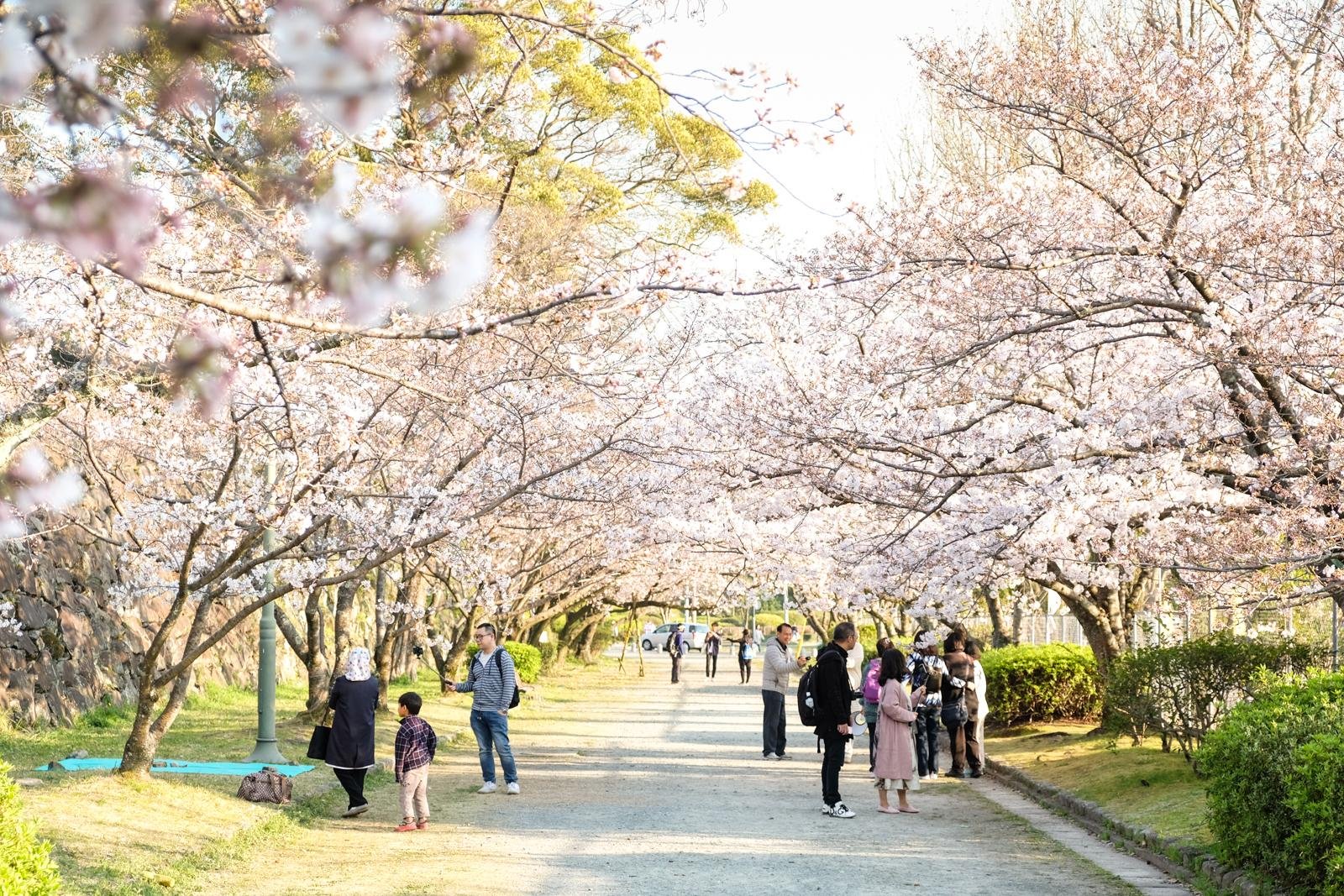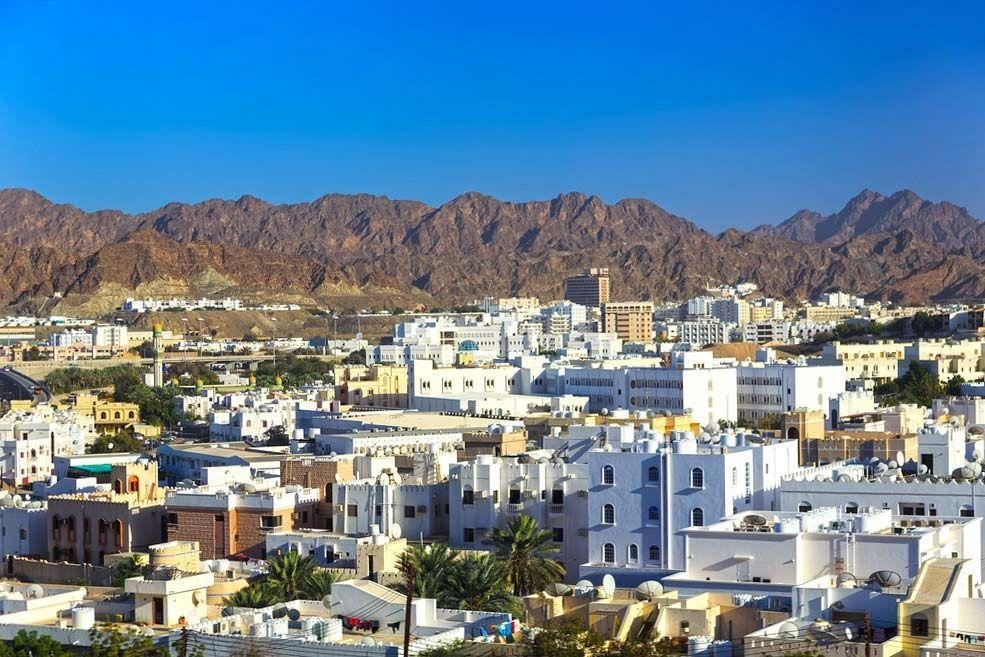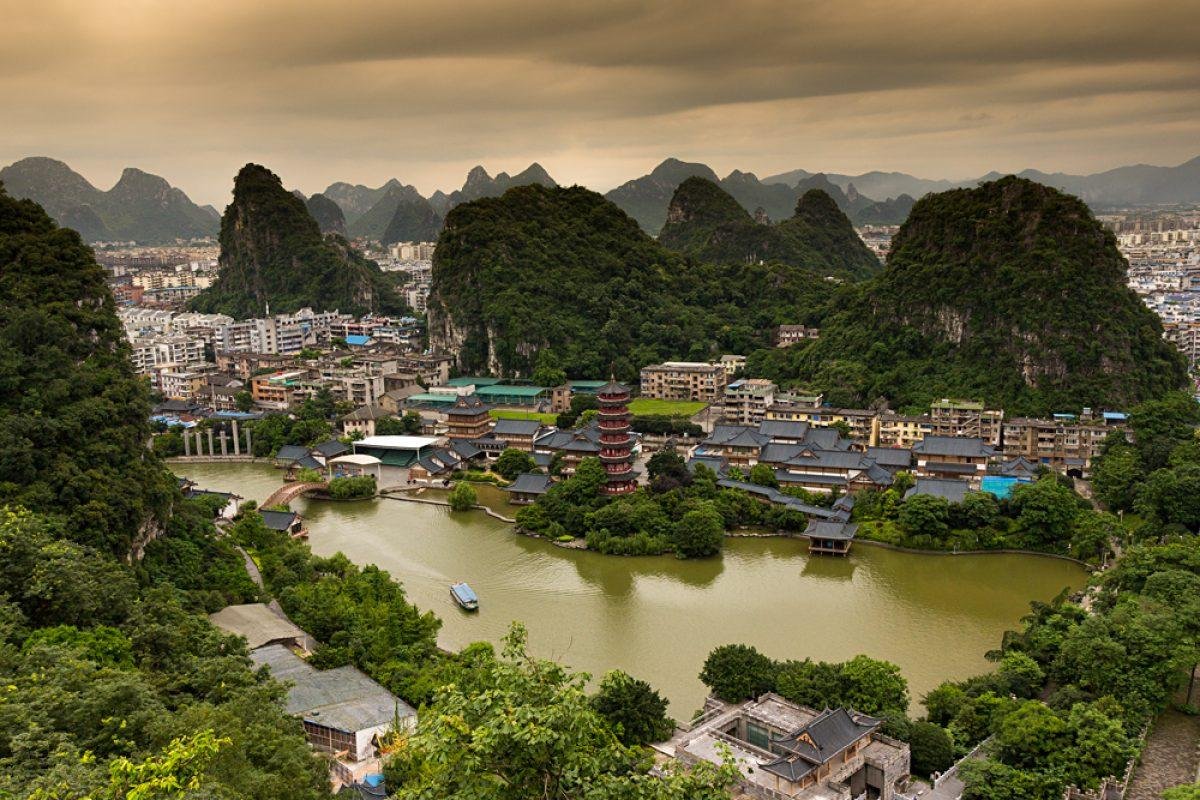Muscat, the capital city of Oman, is a captivating blend of traditional Arabian architecture and modern design, reflecti...
The Architectural Tapestry of Fukuoka, Japan

Fukuoka, located on the northern shore of Kyushu Island, is a vibrant city that beautifully blends traditional Japanese architecture with modern design. As the largest city in Kyushu, Fukuoka serves as a cultural and economic hub, showcasing a rich architectural heritage that reflects its historical significance and contemporary aspirations.
One of the most iconic landmarks in Fukuoka is the Fukuoka Tower, standing at 234 meters. Completed in 1989, this striking structure is Japan's tallest seaside tower and features a sleek design with a glass façade that mirrors the surrounding ocean. Visitors can ascend to the observation deck for breathtaking panoramic views of the city and Hakata Bay. The tower symbolizes Fukuoka's modernization and its connection to the sea, making it a popular attraction for tourists.

Another architectural highlight is the Ohori Park, a beautiful urban park that features a lake, walking paths, and cultural institutions. Within the park lies the Fukuoka Art Museum, designed by renowned architect Kenzō Tange. The museum’s modernist design harmonizes with the natural landscape, showcasing contemporary art alongside traditional Japanese pieces. The integration of architecture and nature creates a serene environment for art appreciation.
Fukuoka is also home to many historic temples and shrines that reflect traditional Japanese architecture. The Kushida Shrine, established in the 8th century, is one of the city's most important Shinto shrines. The shrine features a stunning main hall adorned with intricate carvings and vibrant colors, surrounded by lush gardens. The annual Hakata Gion Yamakasa festival, held in July, celebrates the shrine and showcases beautifully decorated floats, emphasizing the cultural significance of the site.
The city’s architectural landscape includes the impressive Hakata Station, a major transportation hub. Completed in 2011, the station features a modern design with a large glass façade that allows natural light to flood the interior. The station houses shopping centers, restaurants, and hotels, making it a bustling center of activity. The integration of modern amenities with traditional Japanese aesthetics reflects Fukuoka's commitment to blending the old with the new.
Fukuoka’s urban planning is characterized by its emphasis on public spaces and walkability. The Tenjin district, known for its shopping and entertainment, features wide pedestrian streets lined with modern buildings and traditional shops. The area’s vibrant atmosphere is enhanced by the blend of architectural styles, creating a dynamic urban environment that attracts locals and visitors alike.

In contrast to its modern developments, Fukuoka preserves its historical charm through areas like the Hakata Old Town. This district features traditional wooden machiya houses, which were once home to merchants and artisans. Walking through the narrow streets, visitors can experience the city's rich history and cultural heritage. The preservation of these traditional structures highlights Fukuoka's commitment to maintaining its architectural legacy.
The city is also known for its innovative architectural projects, such as the ACROS Fukuoka Prefectural International Hall. Designed by architect Emilio Ambasz, this multi-purpose facility features a unique terraced design that integrates greenery into its façade. The building serves as a cultural and conference center, showcasing Fukuoka's dedication to sustainability and modern design. The lush terraces create a visually stunning contrast against the urban backdrop, promoting a connection between nature and architecture.

Fukuoka’s commitment to sustainability is further exemplified by the Maizuru Park, which features the ruins of Fukuoka Castle. The park is home to beautiful cherry blossom trees and green spaces, providing a peaceful retreat in the heart of the city. The preservation of the castle ruins alongside modern amenities demonstrates Fukuoka's effort to honor its history while promoting environmental awareness.
Cultural events and festivals play a significant role in Fukuoka’s community life, often taking place in historic venues and public spaces. The Hakata Gion Yamakasa festival, recognized as a UNESCO Intangible Cultural Heritage, showcases elaborate floats and traditional performances, attracting thousands of visitors each year. These events highlight the importance of architecture in creating engaging cultural experiences and fostering a sense of community among residents and visitors.
The culinary scene in Fukuoka is also intertwined with its architectural identity. Many restaurants and street food stalls are housed in beautifully designed buildings, offering diners a unique atmosphere to enjoy local specialties, such as tonkotsu ramen and mentaiko. The combination of architecture and cuisine creates a vibrant dining experience that reflects the city’s cultural richness.
As Fukuoka continues to evolve, urban regeneration projects aim to revitalize neglected areas while preserving the city’s architectural heritage. Efforts to enhance walkability, promote public transportation, and integrate modern design with historical context reflect Fukuoka’s commitment to sustainable urban development. These initiatives ensure that Fukuoka remains a vibrant and livable city, balancing its rich history with contemporary needs.
The architectural essence of Fukuoka is also reflected in its numerous monuments and memorials. The Fukuoka Peace Memorial Park serves as a poignant reminder of the city’s resilience during World War II. This site encourages reflection on the sacrifices made throughout history, highlighting the role of architecture in shaping collective memory.
In conclusion, Fukuoka is a city where architecture serves as a reflection of its rich history, cultural diversity, and aspirations for the future. The harmonious blend of traditional Japanese structures, modern skyscrapers, and vibrant cultural spaces creates a captivating urban environment that enchants all who visit. Whether exploring the grandeur of the Fukuoka Tower, admiring the beauty of the Ohori Park and Art Museum, or enjoying the artistic vibrancy of the Hakata Old Town, visitors to Fukuoka are sure to be inspired by the city’s architectural charm and cultural depth.
The seamless integration of tradition and modernity ensures that Fukuoka remains a vibrant and livable city, celebrating its past while looking toward the future. With its unique architectural essence, Fukuoka invites all to explore its captivating urban landscape and experience the rich stories that each building has to tell. The city’s architecture not only reflects its glorious past but also shapes its vibrant present and promising future, making it a true gem of Japan.
Fukuoka’s architectural journey is a testament to the city’s resilience and adaptability, highlighting its ability to embrace change while honoring its historical roots. From its historic temples to modern skyscrapers and cultural institutions, Fukuoka stands as a vibrant example of how architecture can embody the spirit of a place and its people. The city’s commitment to preserving its architectural legacy while embracing innovation ensures that Fukuoka will continue to thrive as a cultural and architectural destination for generations to come.
Share:




